Fun and Easy Math Problems for 1st Graders ( With Printable Worksheets)
Do you want to build a strong math foundation for your child starting primary school? Would you like to find the best math problems for 1st graders? With our well-designed 1st grade math worksheets and excellent learning resources, your child can improve their math results in the shortest possible time!
In this article, we offer a variety of types of math word problems for 1st graders, printable math problems for 1st graders, and math problems for 1st graders worksheets, including high-quality practice problems, interactive math games, answers, and more.

This will help first graders find the most effective ways to improve grade math skills, allowing your child to discover the joy of math and develop the key math skills needed for future math learning.
What are Math Problems for 1st Graders?
Math problems for 1st graders are math problems for 6-7 year olds. These problems are designed specifically to address first-grade math skills and are designed for first-grade students.
They build on kindergarten math concepts (such as counting and simple addition) and transition to more complex problems (such as addition and subtraction up to 20, and skip counting).
First-grade math problems also provide a foundation for learning math in second grade and beyond.
Types of Math Problems for 1st Graders
Mathematics in first grade focuses on introducing graders to a variety of basic mathematical concepts that underpin their mathematics education. These core topics aim to develop students’ self-confidence and math problem-solving skills, as well as prepare them for more advanced mathematics in the future.
Then, we explore these key problems and practical ways to teach these concepts using engaging questions and resources such as printable math problems for 1st graders’ worksheets.
1. Addition and subtraction: simple operations up to 10
One of the most important math skills for 1st graders is learning how to add and subtract within 10. These basic operations are the foundation of arithmetic and are usually introduced through simple word problems, such as those supported by visual aids like pictures, counters, or number lines.
For examples:
- Basic addition problems: 3 + 2 = ?
Answer: 5
- Subtraction problems: If you have 6 apples, how many apples are left after you eat 2?
Answer: 6 – 2 = 4
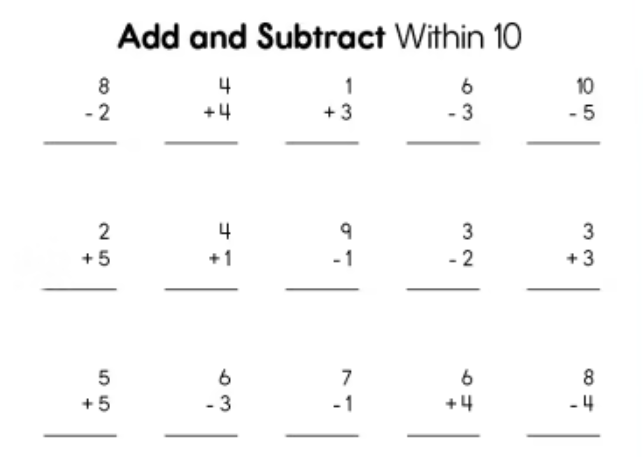
Each addition and subtraction problem aligns with common core standards while creating easy and fun math problems for first graders, such as puzzles or hands-on activities, which can make these math concepts more engaging.
2. Basic Geometry: Recognizing and Classifying Shapes
In first grade, students learn basic geometric concepts such as recognizing and classifying shapes (e.g. circles, squares, triangles, rectangles). These activities often require hands-on work, including drawing and cutting paper, to develop their spatial mathematical awareness.
A few geometry problems appropriate for first graders are as follows:
- “Circle all the triangles in the picture.”
- “Which shape has four equal sides?”
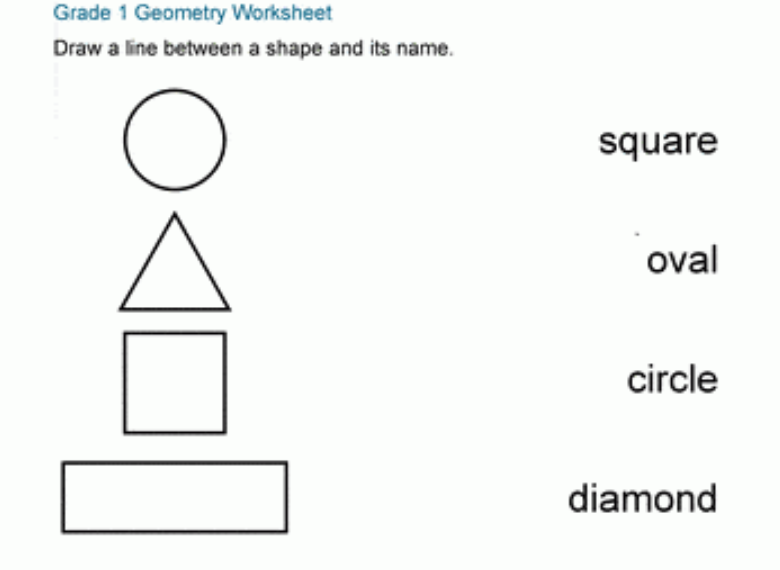
3. Number comparison: greater than, less than, and equal to
Learning how to compare numbers is another key part of the 1st grade math problems. Students will learn to use symbols (>, <, =) to determine if one number is greater than, less than, or equal to another. These concepts help students develop number sense and prepare them for more advanced content such as place value and fractions.
A typical number comparison problem might look like this:
- Is 7 less than 10?
Interactive tools that focus on number comparison problems for first graders, such as cards, games, or printable worksheets, can make these exercises more fun.
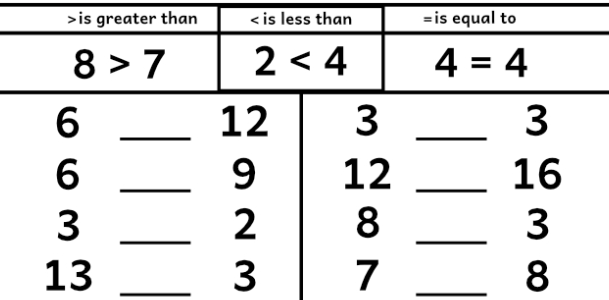
4. Measurement and data: telling time, length, and simple graphs
Introducing measurement and data in first grade math helps children to understand how math applies to their lives. Students learn by measuring objects using non-standard units (such as blocks or paper clips), reading simple clocks, and interpreting basic graphs.
Some examples of measurement and data problems for first graders include:
- “Use blocks to measure the length of this pencil. How many blocks long is it?”
- “Look at the bar graph. Which fruit is the most popular?”
These activities can be reinforced with printable first grade math problems with pictures, such as worksheets that include clocks, rulers, or simple bar graphs. Teachers and parents can also incorporate these problems into everyday life, such as having children estimate time or measure household items.
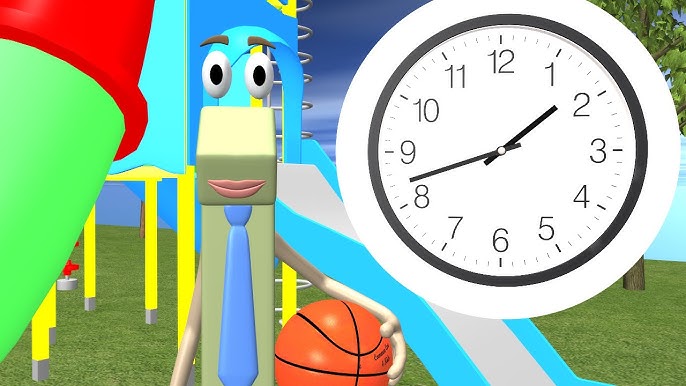
Math Word Problems for 1st Graders
Math word problems for 1st graders are an excellent way of linking math concepts to real-life scenarios. These problems often involve comparison, addition, and subtraction, and encourage critical mathematical thinking by asking children to translate stories into mathematical equations.
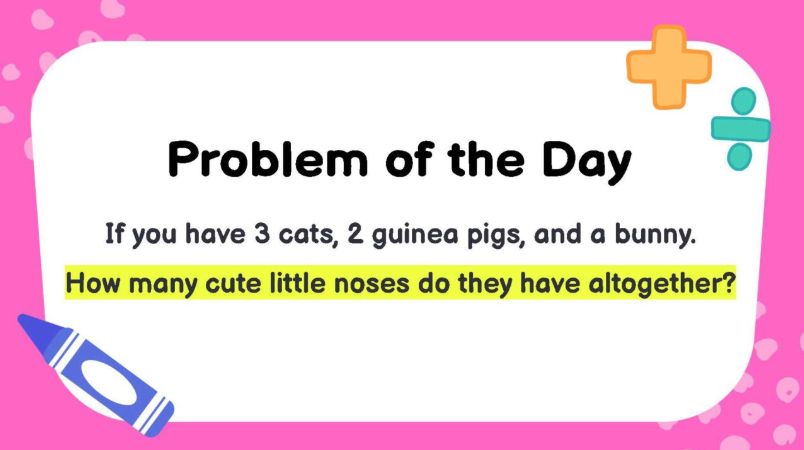
- I had 6 pencils, and my teacher gave me 4 more. How many pencils do I have now?
- Gina’s dog got 3 treats on Sunday and 0 treats on Monday. How many treats did Gina’s puppy get in all?
- Joel went to the zoo with his family. During the first hour he was there he saw a bear, 2 tigers, and 3 lions. How many animals did Joel see in his first hour at the zoo?
- Jackson sorted his toy cars by color. He has 6 blue cars, 5 green cars, and 4 black cars. How many cars does Jackson have in all?
- Ben has 2 green balloons and 4 yellow balloons. How many balloons does he have altogether?
- There are 3 kids in the Clark family. Tina is 3, Joshua is 4, and Samantha is 7. If you add up all their ages, what is the sum of the Clark kids?
- If you go for a swim and 6 of your friends come along, how many friends are swimming in total?
- Rachel’s mom had some flowers in a vase. 3 of the flowers wilted and Rachel’s mom took them out of the vase. Now there are 5 flowers in the vase. How many flowers were in the vase to start with?
- Hayden’s cat had a litter of kittens. 3 kittens were gray, 2 kittens were spotted, and 7 kittens were black. How many kittens did Hayden’s cat have?
- Pedro brought in 3 red leaves and 6 yellow leaves from the playground. How many leaves does he have in all?
Answers:
- To find the total, add: 6 + 4 = 10
- On Sunday, the dog got 3 treats. On Monday, the dog got 0 treats. Add them: 3 + 0 = 3
- Joel saw 1 bear, 2 tigers, and 3 lions. Add the number of animals: 1 + 2 + 3 = 6
- Jackson has 6 blue cars, 5 green cars, and 4 black cars. Add them: 6 + 5 + 4 = 15
- Ben has 2 green balloons and 4 yellow balloons. Add them: 2 + 4 = 6
- Tina is 3 years old, Joshua is 4 years old, and Samantha is 7 years old. Add their ages: 3 + 4 + 7 = 14
- You go swimming, so that’s 1 person. 6 friends join you, thus: 1 + 6 = 7
- After removing 3 wilted flowers, there are 5 left. The equation is: 3 + 5 = 8
- The gray kittens are 3, spotted kittens are 2, and black kittens are 7. So add them: 3 + 2 + 7 = 12
- Pedro has 3 red leaves and 6 yellow leaves. Add them:3 + 6 = 9
Math Problems for 1st Graders Worksheets
The math problem worksheets for 1st graders are a great tool to help first graders practice math concepts in a structured and engaging way. Through a variety of practice problems, children are provided with the opportunity to consolidate key math skills such as addition, subtraction, place value, and number comparisons. Whether you’re a parent looking for printable math worksheets for your children to use at home or a teacher looking for classroom resources, the worksheets aligned can make math learning both fun and effective.
In addition, we also provide you with free printable math problems for 1st graders worksheets and lots of math learning resources:
URL: https://www.wukongsch.com/resources/math/
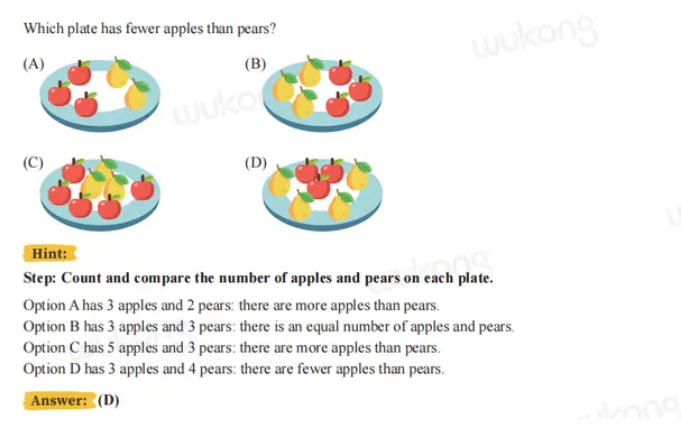
FAQs
1. What math should a 1st grader know?
By the end of first grade, pupils should be proficient in adding and subtracting numbers up to 20, adding and subtracting numbers up to 10, understanding the decimal system and comparing two-digit numbers by place value, telling the time to the nearest half hour, and learning key math skills such as organizing data, measuring and comparing the lengths of a variety of objects, and identifying the defining attributes of shapes.
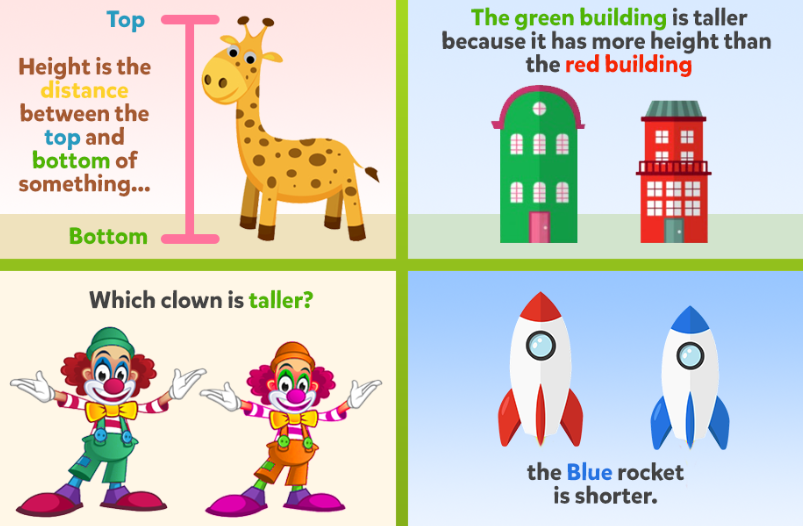
2. How to use math worksheets effectively?
To get the most out of your math worksheets, you must use them strategically. Here are some tips:
- Start with the basics: You can start with easy math worksheets first, allowing students to build up their confidence once they have completed them, before moving on to more complex problems.
- Make it fun: Include games, puzzles, or brightly colored designs in worksheets to keep children entertained. For example, find fun math problems for 1st graders that have an animal or holiday theme.
- Regular practice: Aim for short, consistent practice. A worksheet a day helps reinforce key skills without overwhelming your child.
- Monitor Progress: Use worksheets to track areas where your child is excelling or struggling and refocus practice accordingly. After students have completed their homework, check their worksheets with them or provide them with the answer keys to make sure they understand any mistakes they may have made.
- Pair with Other Activities: You can combine worksheets with interactive math activities for first graders, such as hands-on games or number apps, to provide your child with a well-rounded learning experience. print
Conclusion:
For students, 1st grade math is both a beginning and an opportunity to learn about basic math. From addition and subtraction to number comparisons and graphing, the topics covered in this grade provide a solid foundation for future math learning.
By practicing and engaging with the wealth of math learning resources provided by a large number of math teachers, students develop the skills and confidence they need to succeed.
Discovering the maths whiz in every child,
that’s what we do.
Suitable for students worldwide, from grades 1 to 12.
Get started free!Master’s degree from Yangzhou University. Possessing 10 years of experience in K-12 Chinese language teaching and research, with over 10 published papers in teh field of language and literature. Currently responsible for teh research and production of “WuKong Chinese” major courses, particularly focusing on teh course’s interest, expansiveness, and its impact on students’ thinking development. She also dedicated to helping children acquire a stronger foundation in Chinese language learning, including Chinese characters, phonetics (pinyin), vocabulary, idioms, classic stories, and Chinese culture. Our Chinese language courses for academic advancement aim to provide children with a wealth of noledge and a deeper understanding of Chinese language skills.




![Math League: Competitions, Challenges, and Achievements [2025 Full Guide] Math League: Competitions, Challenges, and Achievements [2025 Full Guide]](https://wp-more.wukongedu.net/blog/wp-content/uploads/2024/01/school-2353406-520x293.jpg)


![How Many Chinese Characters Are There [2025 Updated] How Many Chinese Characters Are There [2025 Updated]](https://wp-more.wukongedu.net/blog/wp-content/uploads/2024/02/image-71-520x293.png)




Comments0
Comments